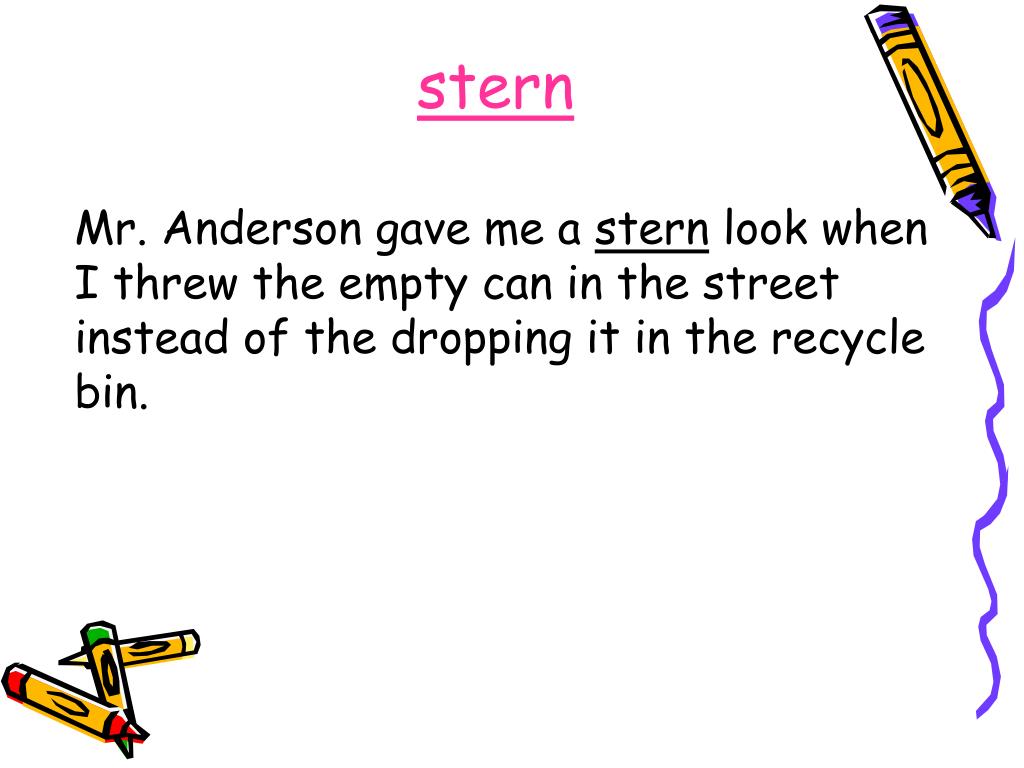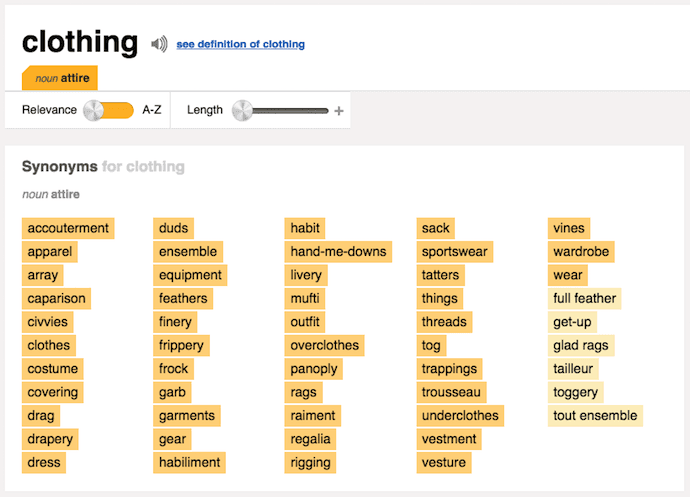

Haraway alludes here to the importance of articulation through third terms, through selecting and applying the most relevant or appropriate terminology that might convey something of the human-non-human worlding. The articulation of worlding processes require careful handling and they may be reflected on and communicated in various ways, for instance through description, imagery, metaphor and theoretically informed perspectives as Haraway observes: "It matters what matters we use to think other matters with it matters what stories we tell to tell other stories with it matters what knots knot knots, what thoughts think thoughts, what descriptions describe descriptions, what ties tie ties." (Haraway, 2016, p. More recently Haraway has created the world of 'Terrapolis', in which "companion species" engage in relentless processes of "becoming with" a world in which "natures, cultures, subjects and objects do not pre-exist their intertwined worldings" (2016, p.

Preciado and discusses in When Species Meet (Haraway, 2008).

Autre-mondialisation is a particular articulation of 'worlding' that Donna Haraway gains from the work of Paul B. New materialist perspectives enable us to look deeper into entangled human-world relations and consider further what the immediately perceived life-world might consist of, and how immediate encounters connect to and intersect with the wider world and invoke or implicate worlding processes above and beyond a set of physical or situational conditions. Through this process a particular 'world' emerges for the individual through their engagement with a number of interrelated phenomena.Īnderson and Harrison expand on worlding further: ".the term 'world' does not refer to an extant thing but rather the context or background against which particular things show up and take on significance: a mobile but more or less stable ensemble of practices, involvements, relations, capacities, tendencies and affordances." (Anderson & Harrison, 2010, p. Kathleen Stewart (2012) provides a definition of worlding referring to the "affective nature" of the world in which "non-human agency" comprising of "forms, rhythms and refrains" (for example)reach a point of "expressivity" for an individual and develop a sense of "legibility". The notion of 'worlding' arising from non-representational theory provides a useful lens through which process of human-non-human enmeshment can be considered. Worlding affords the opportunity for the cessation of habitual temporalities and modes of being. Worlding is a particular blending of the material and the semiotic that removes the boundaries between subject and environment, or perhaps between persona and topos. The performativity of the noun that repeats itself as a verb or gerund the world's worlding, is the setting up of the world.

What is a worlding? What is an –ing? Does the addition of a suffix –ing denoting the verbal noun phrase shift the world from a being to a doing to a gerundive and generative process?


 0 kommentar(er)
0 kommentar(er)
